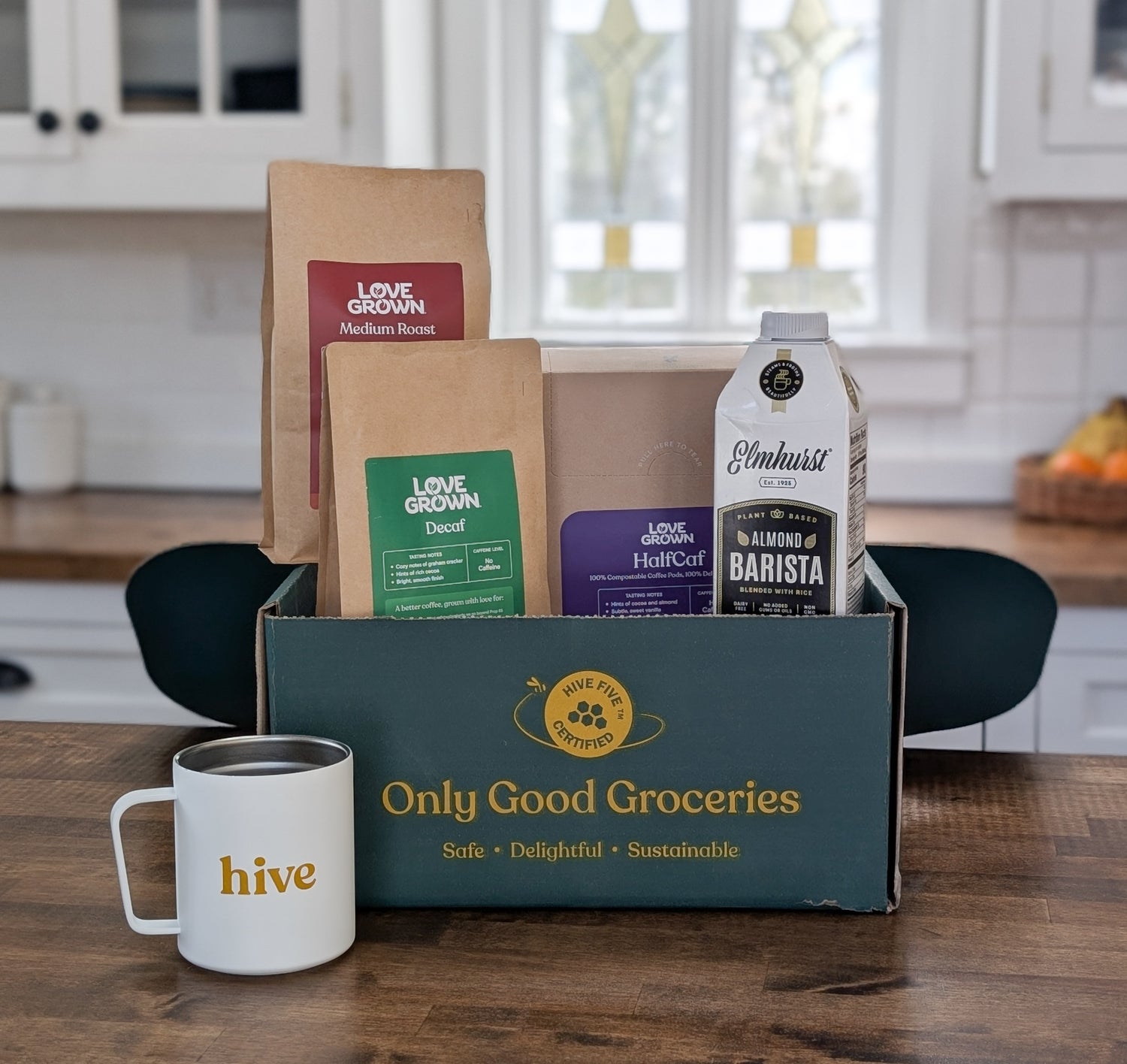Plastic is everywhere. But how did we get to this point?
The truth is, plastic is extremely effective at what it does. It’s great at forming lightweight, protective barriers, and it holds up exceptionally well under moist or other less-than-ideal conditions. For these reasons, plastic is used in nearly every type of packaging, even when we can’t see it.
Here are a few sneaky plastics in food packaging, and why they’re used:
- Plastisol rings on the underside of metal lids help achieve an airtight seal so that jarred jams and salsas last indefinitely on a pantry shelf. Jars and bottles often have plastic freshness seals and shrink bands to further preserve and protect the product, although some shrink bands are made of plant cellulose.
- The plastic sheen on waterproof labels keeps the ink from smudging and the label from falling apart in the damp conditions of a refrigerator or shower. As long as the label doesn’t cover the entire package (like a removable shrink label does), it doesn’t affect the recyclability of the base material.
- Plastic resins line steel and aluminum cans to prevent the metal from corroding and leaching into food, especially acidic foods like tomatoes and soda. These resins commonly contain bisphenols like BPA and other endocrine disruptors (pro tip: you can search for BPA-Free products on Hive).
Even though these thin layers of plastic are barely perceptible and aren’t what people typically think of when they think of plastic pollution, they can still contribute to the widespread issue of microscopic plastic particles in the environment. Avoiding these materials or knowing how best to dispose of them can go a long way in reducing their presence in our environment and even our bodies.
Feeling like you want to change your plastic consumption? Cut down on plastic when possible, and recycle the rest.
Hive’s Cut Down on Plastic collection is a great way to reduce your plastic consumption to the bare minimum that’s used for food safety and freshness (all of our plastic-free products are in there too). Or you can shop our BPA-free products. Of course, there are certain types of packaged goods that just don’t have a better option than plastic right now. Plenty of us aren’t yet ready to give up our favorite bag of potato chips or spray bottle of all-purpose cleaner, but we can at least make sure the plastic gets properly recycled through Hive’s TerraCycle program.
Looking for more ways to keep plastic out of the environment? Read our “3 Tips for Reducing Waste in the New Year”, and make sure you’re recycling correctly with “5 Things You’ll Find in a Recycling Bin That Aren’t Recyclable” (good news though: they’re TerraCycle-able).
So, if plastic is everywhere, how can we avoid buying more of it?
Plastic’s ubiquitousness makes it difficult to buy food with zero plastic in its packaging, but it’s certainly not impossible. Many of Hive’s brand partners are actively working on or already using alternatives, like lining cans with vegetable-based polymers and creating compostable pasta box windows and truffle wrappers. In fact, there are plenty of products and packaging that don’t intentionally contain plastic (Hive customers can find them in our Plastic-Free collection). Sure, the lack of a plastic layer can mean that the pretty label on your lotion jar gets a little splotchy, or that your trail mix won’t make it through a rainy camping trip unscathed. But the tradeoff for these mild inconveniences is that fewer microplastics end up in our environment and our bodies.
Here are some of our favorite ways to replace plastic with friendlier options:
- Avoid washing plastic fibers down the drain by swapping the plastic abrasive in your sponge for a plant-based alternative, like these luffa scrubbers from Sqwishful.
- Do no harm on your next hike by bringing along shār’s Impossibly Good Trail Mix tube, which is recyclable, refillable, and compostable. Even the refill bag is 100% plastic-free.
- Brew a cup of tea that comes in fully compostable tea bags, or no bags at all. Tea companies like Alaya, teapigs, and Numi know that what’s on the inside is obviously important (delicious fairly-traded tea), but so is what’s on the outside.

What about bioplastics, like PLA?
As Hive’s Head of Sustainability, Jamie, says, “Bioplastics are tricky... They’re somewhat of a double-edged sword from an environmental perspective. On the one hand, reducing the amount of petroleum-based plastic in the world is great. But on the other hand, it may not avoid fossil fuels the way you might imagine, given the energy consumption needed for the agricultural stages and processing of the biomaterials. And there are no real widespread capture systems for bioplastics, so most end up in landfills, where they stay as plastics. So, while that bioplastic cutlery might seem like an attractive choice, it might be better to simply choose bamboo or reusable metal alternatives.”


